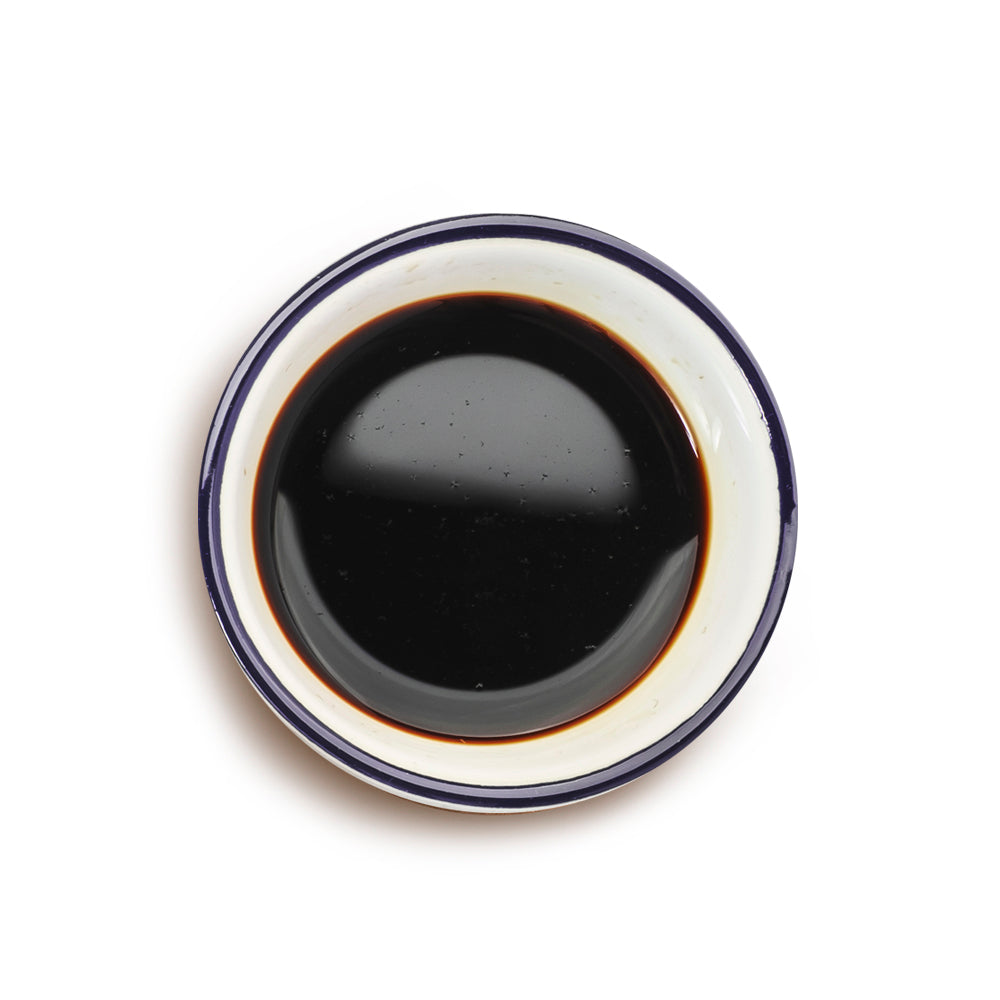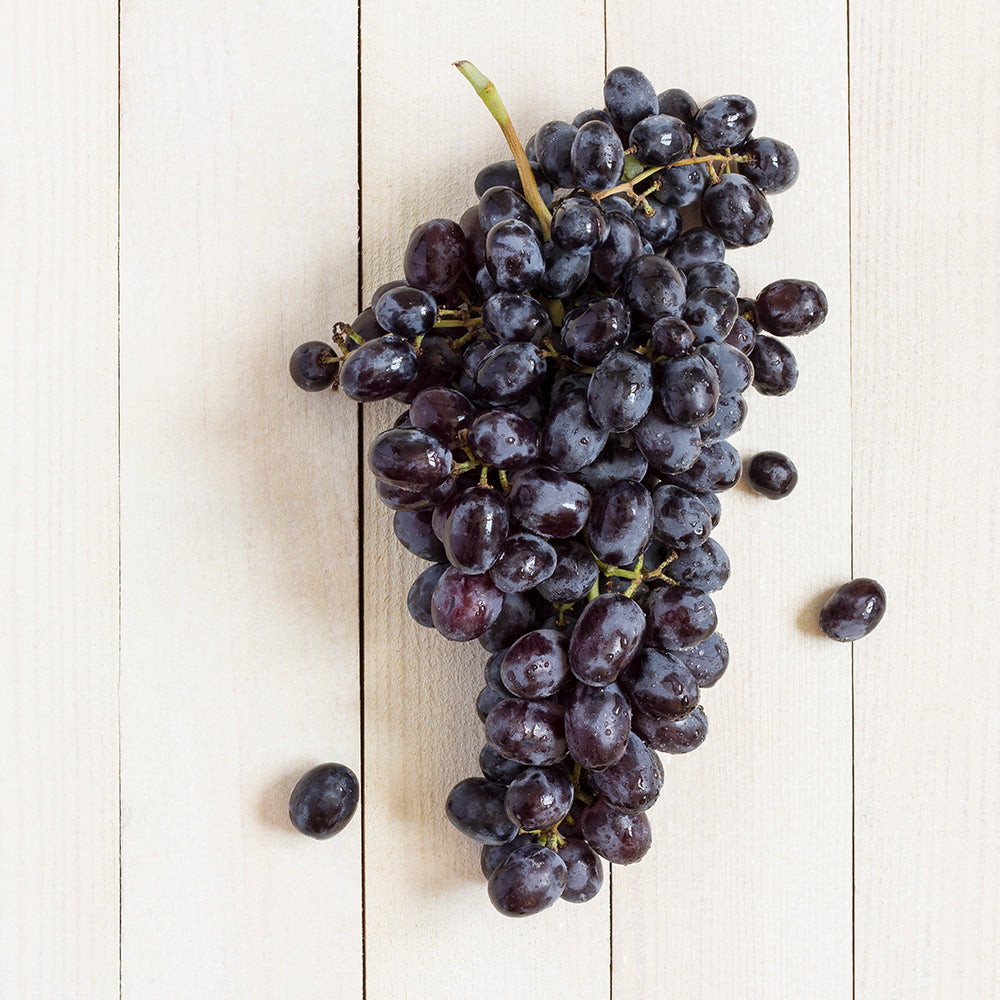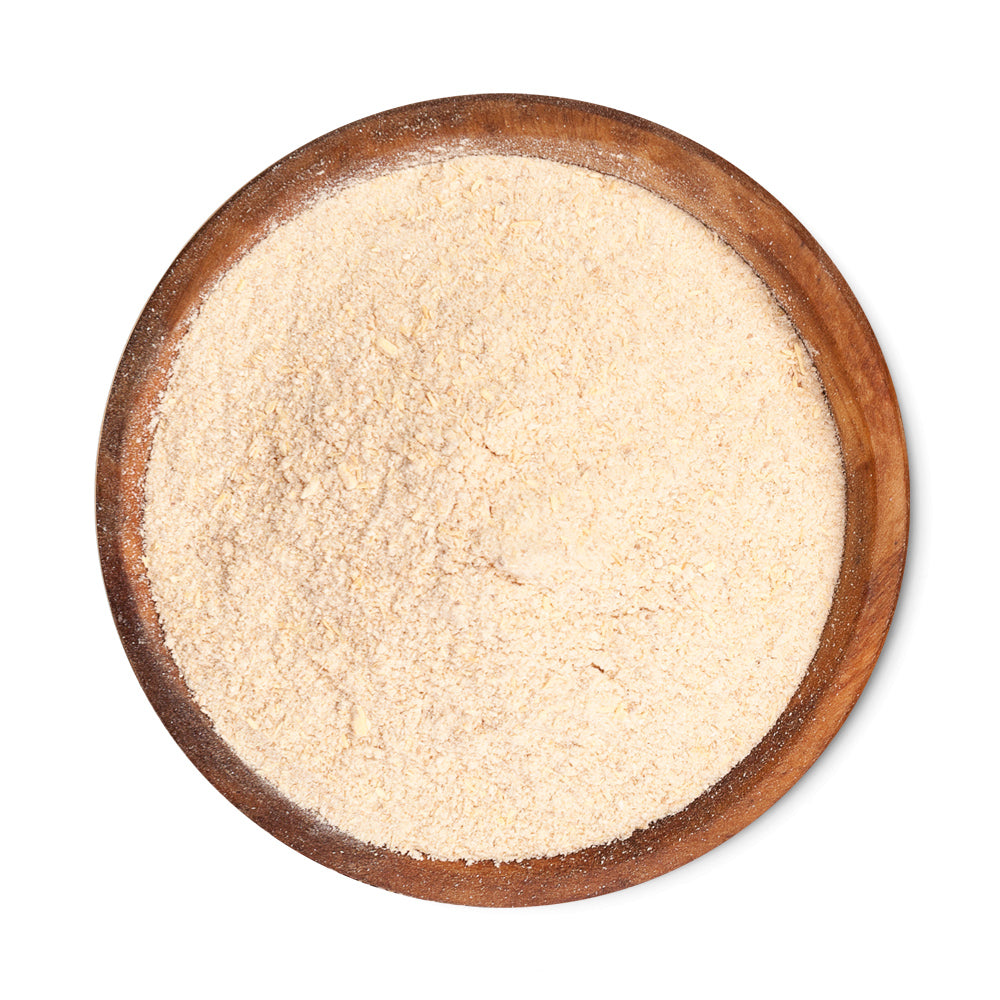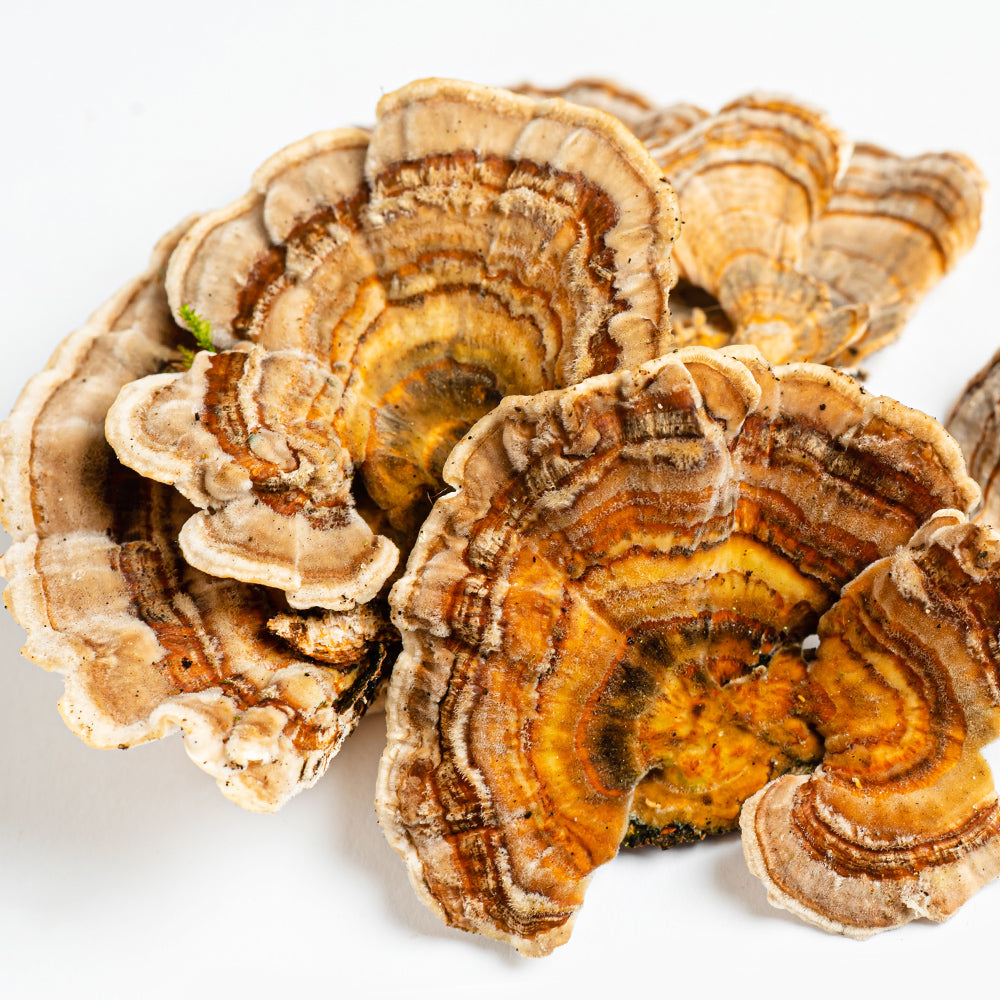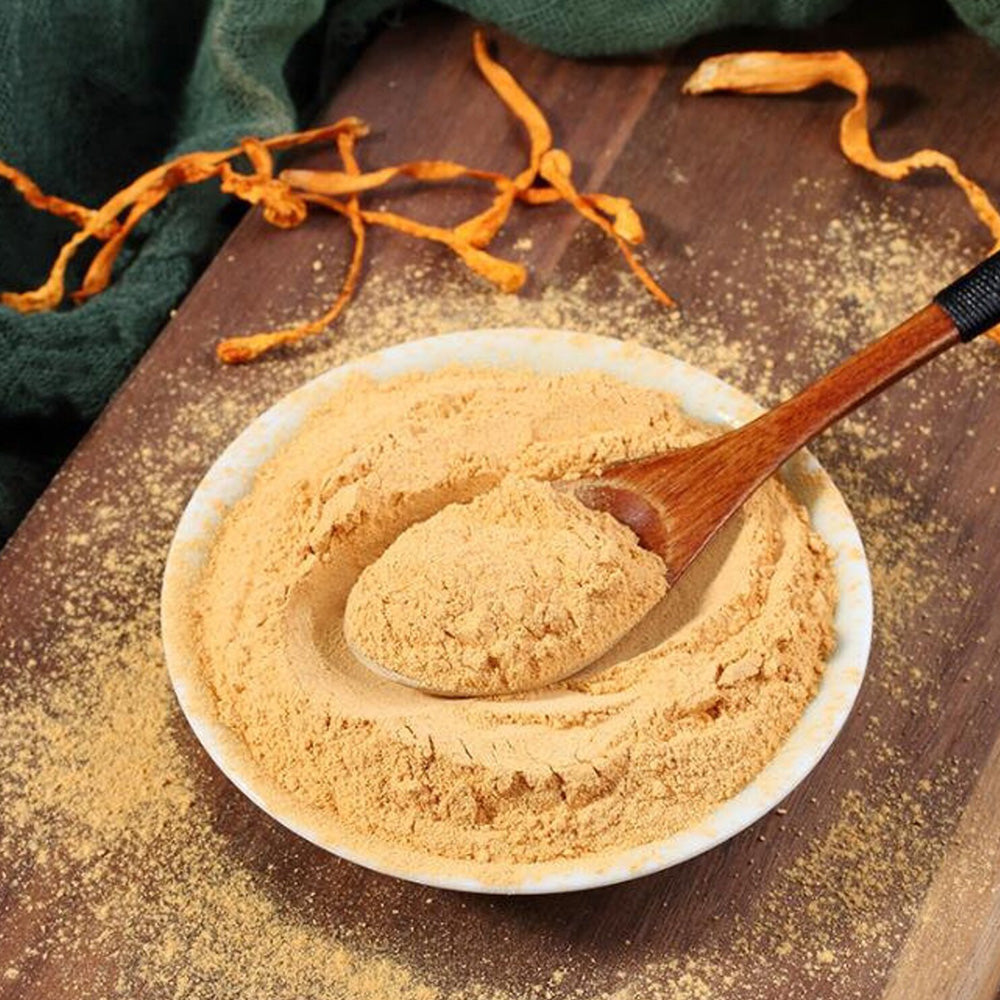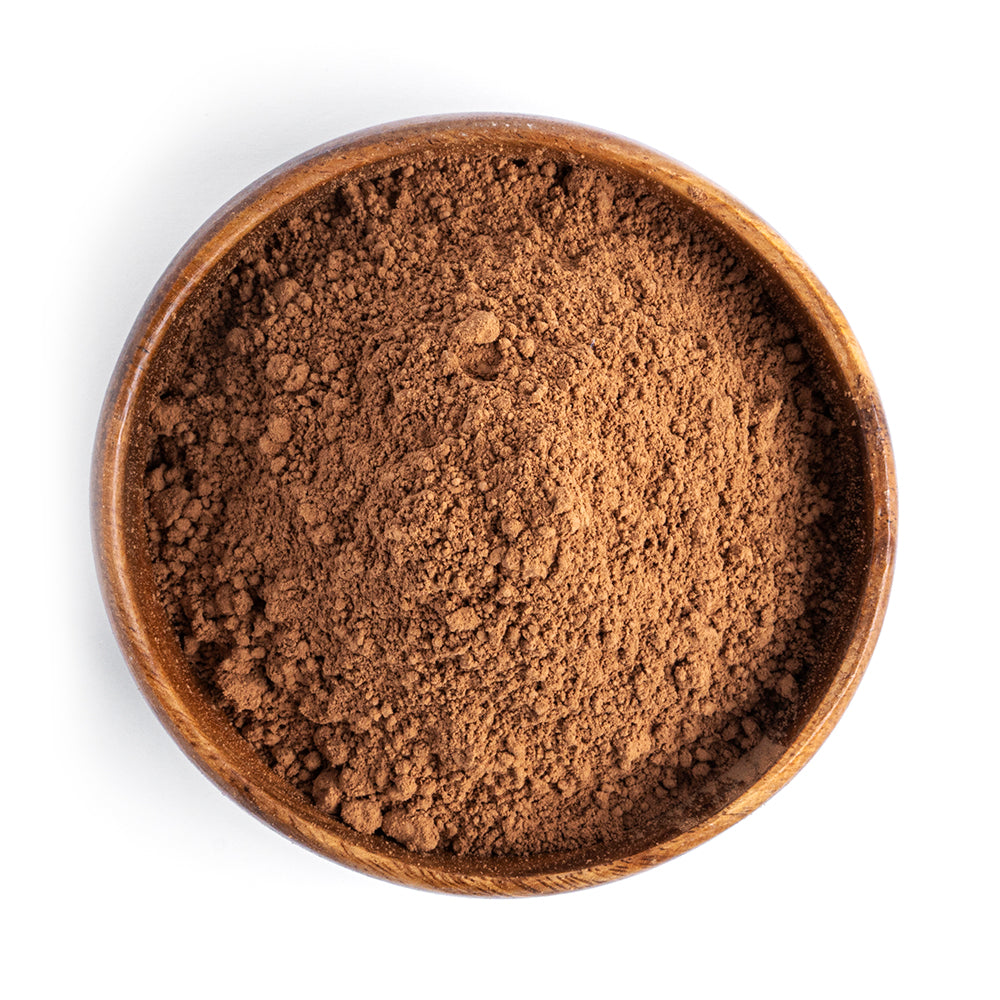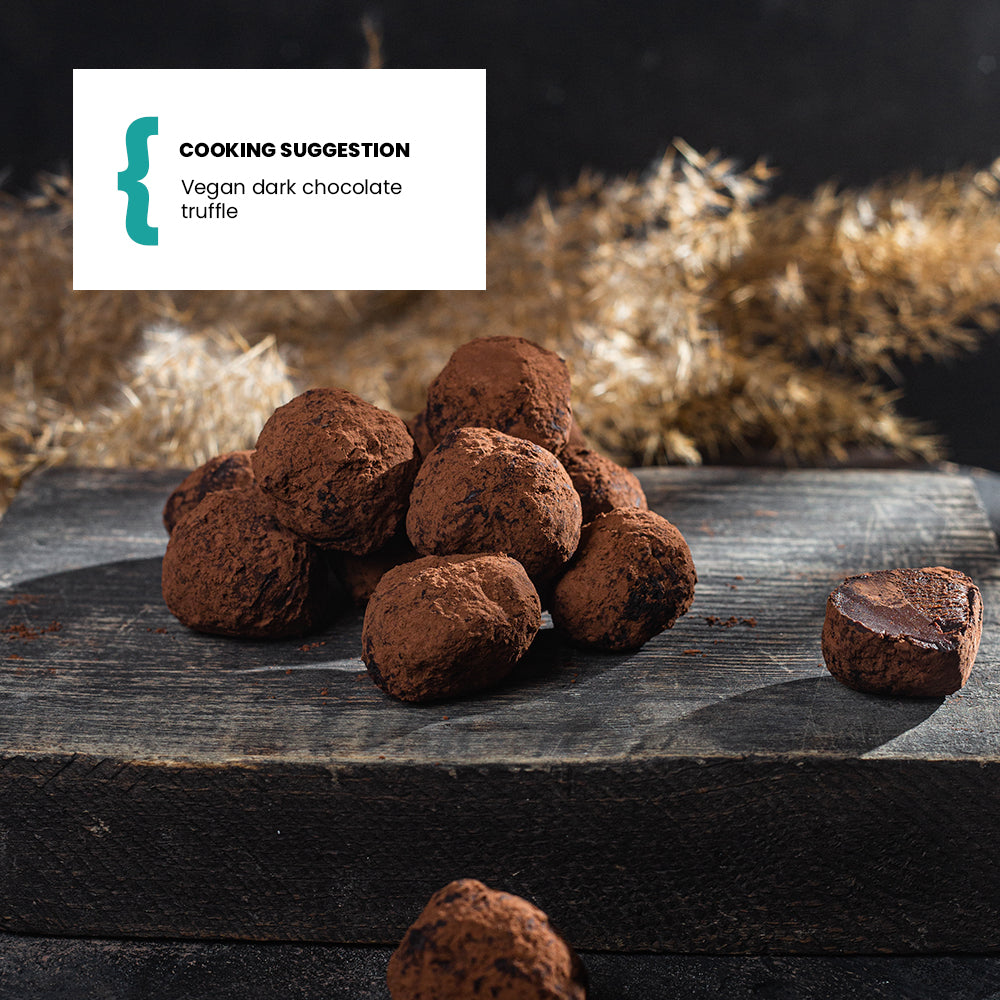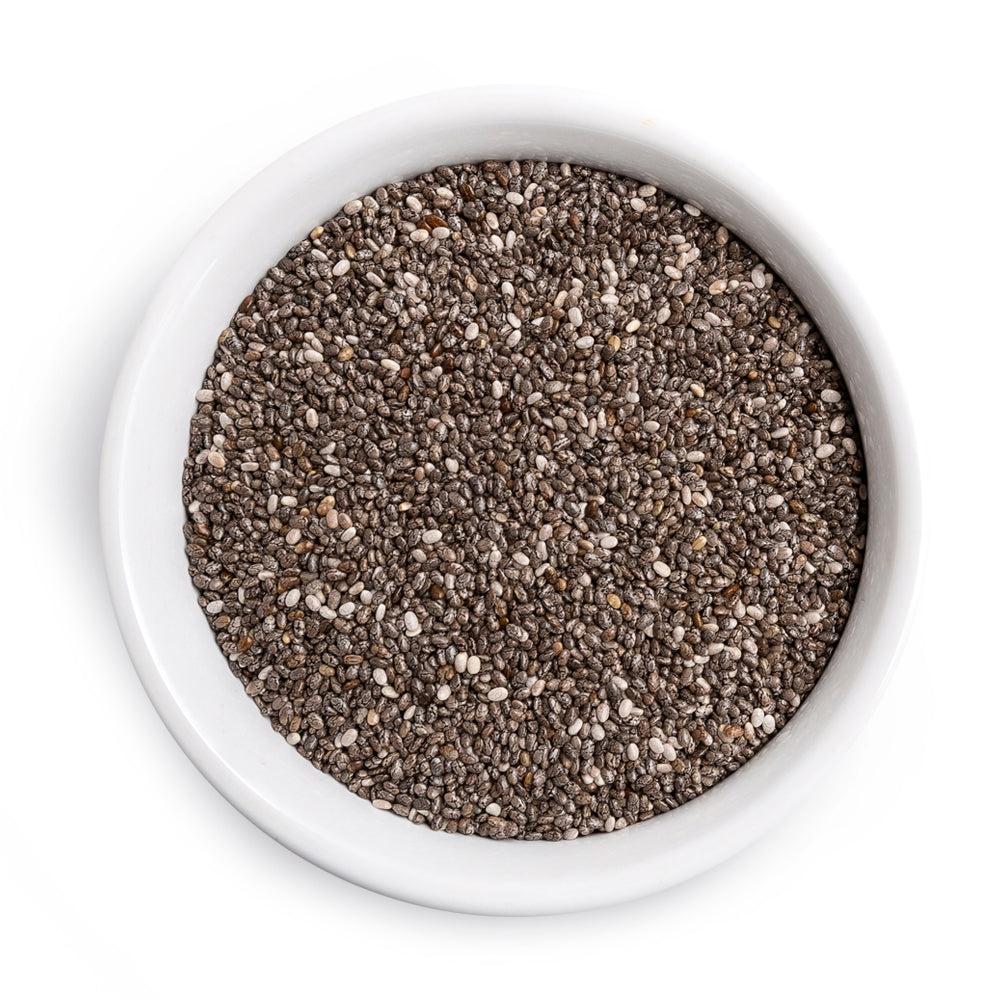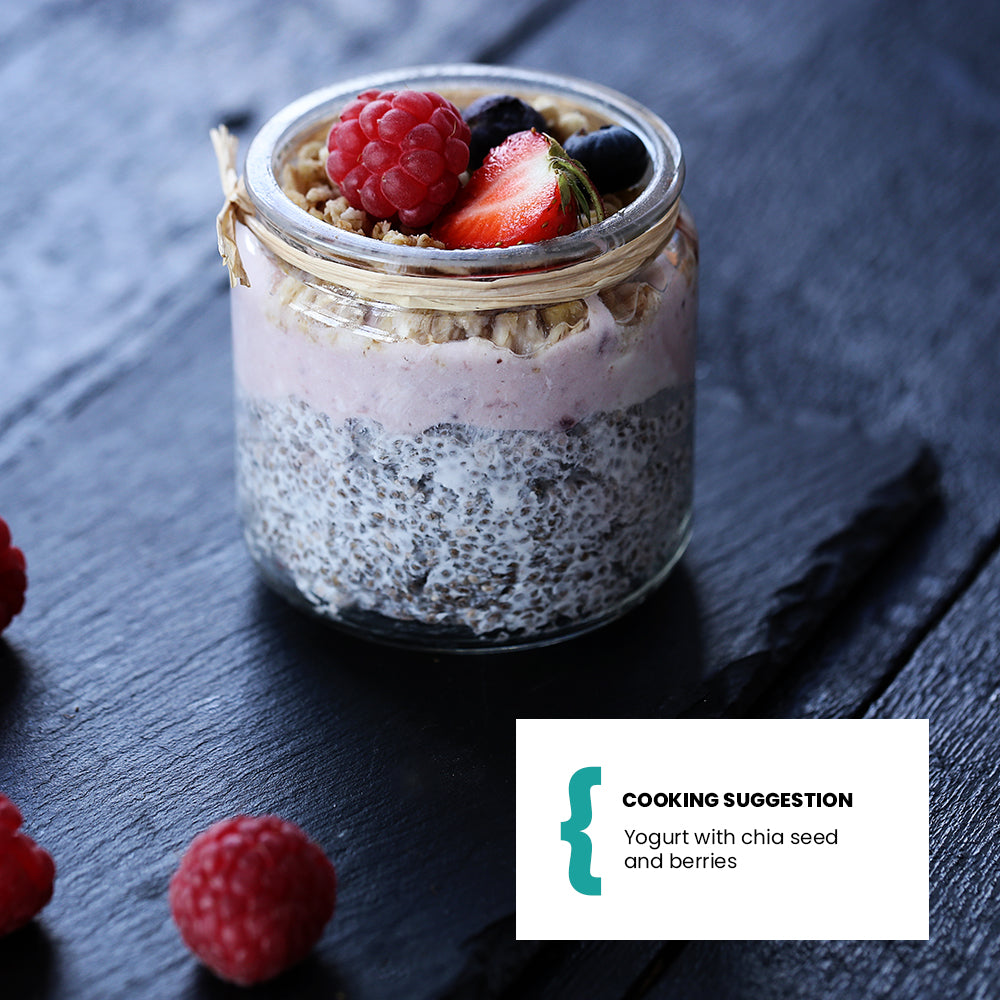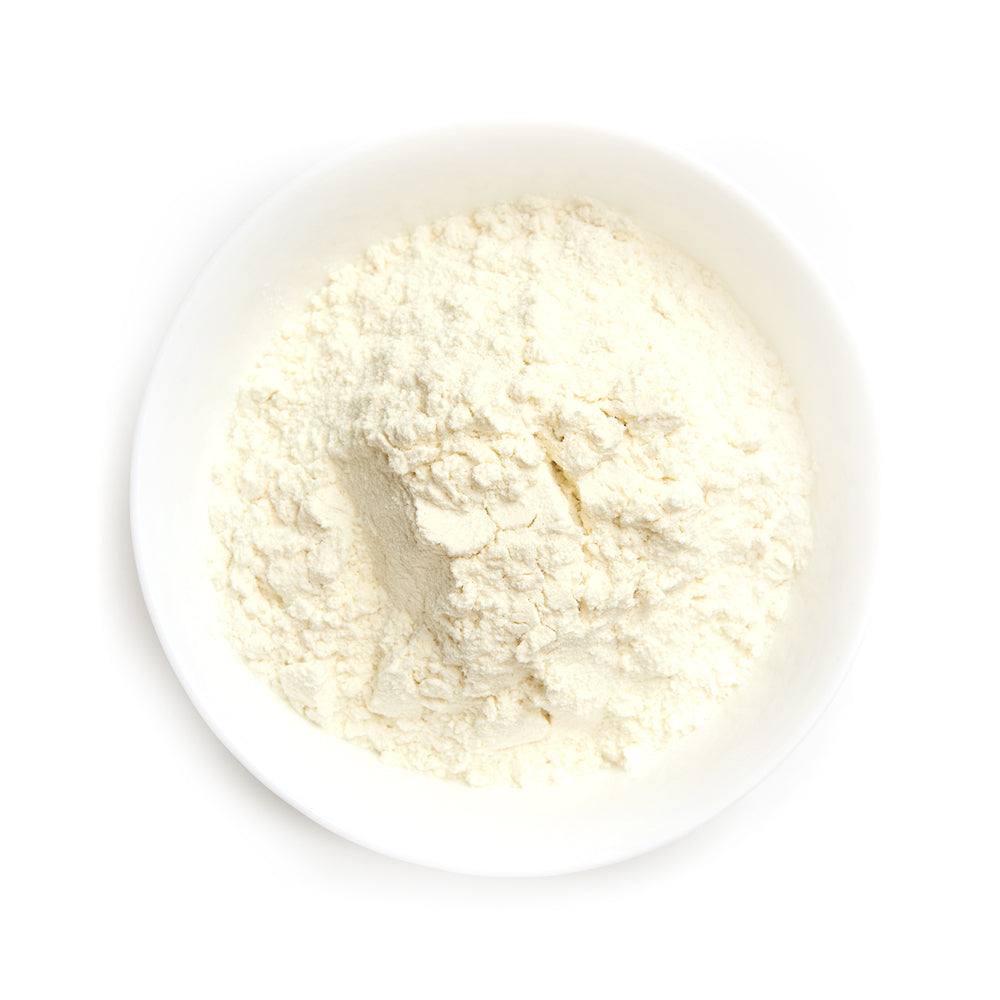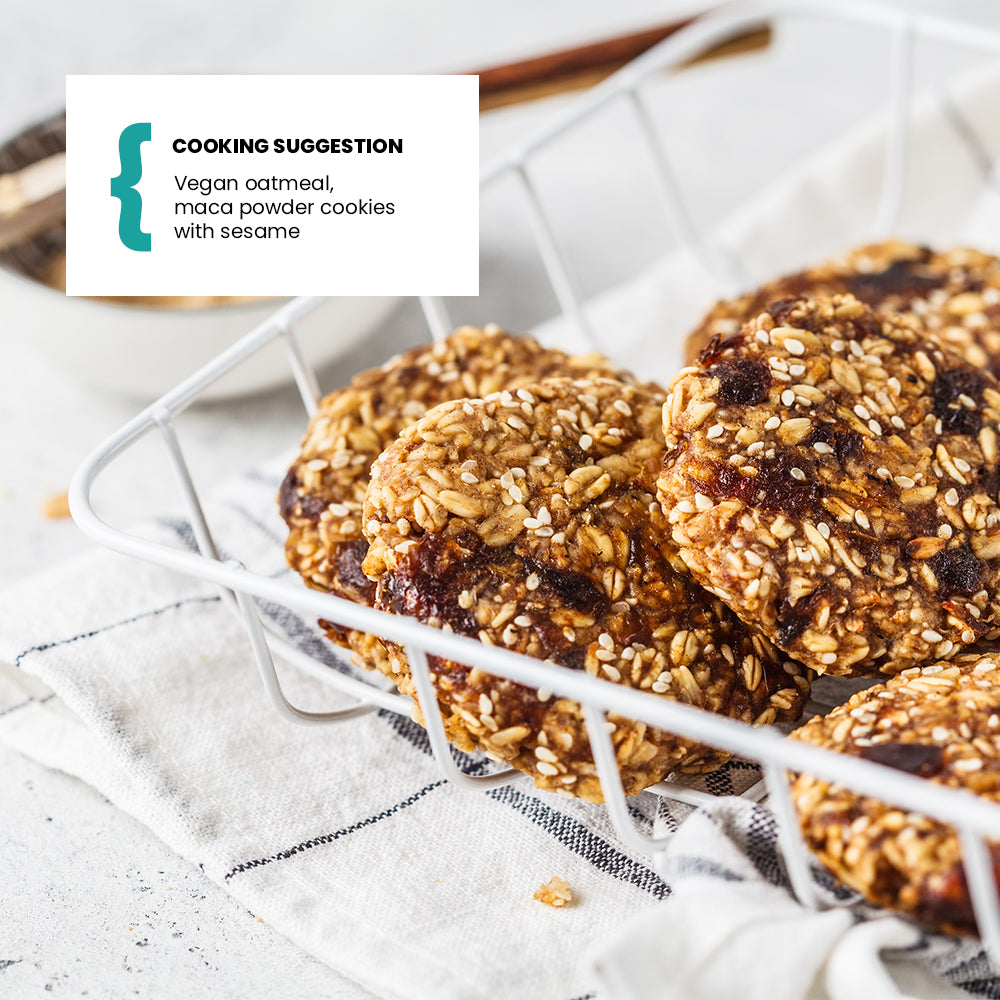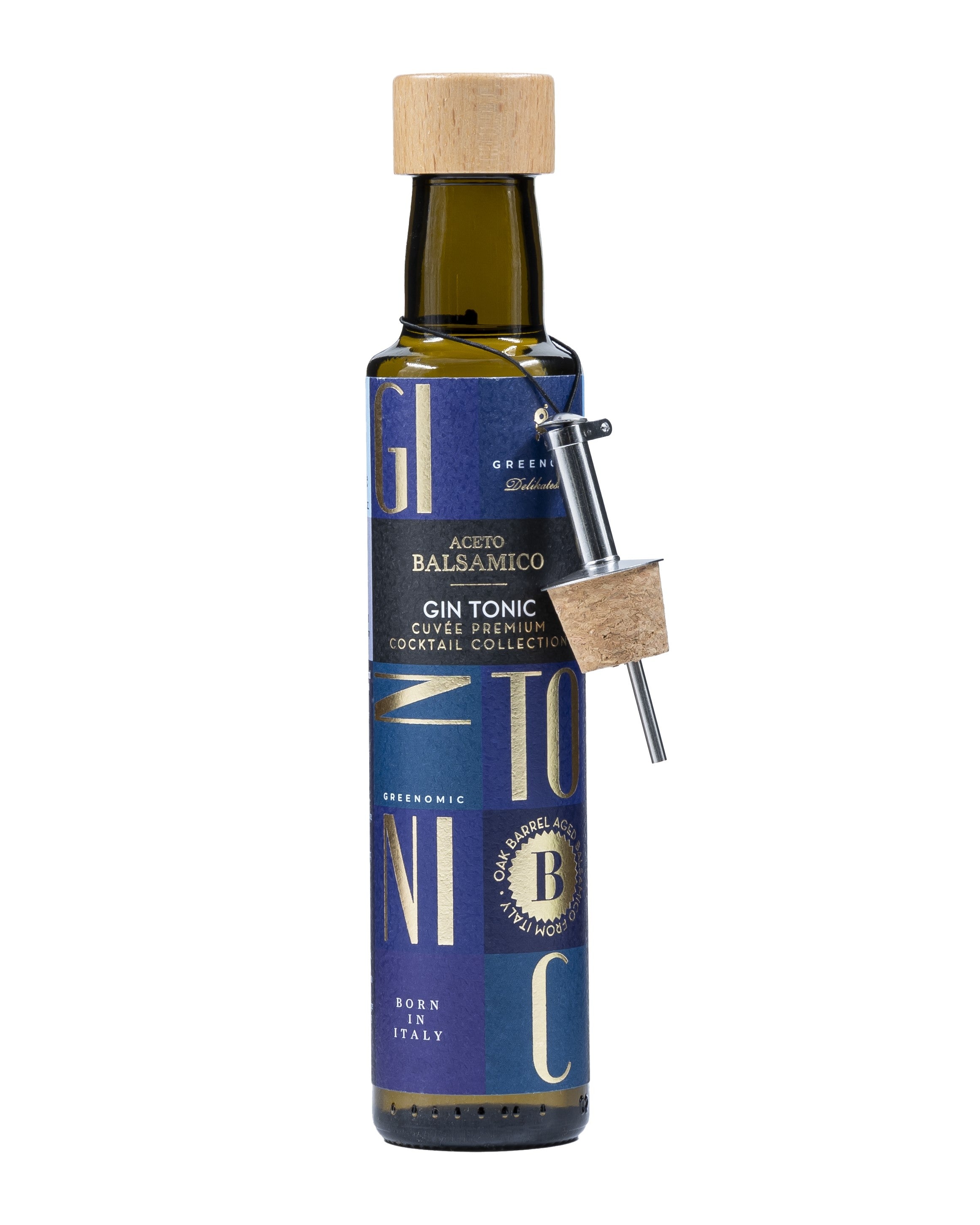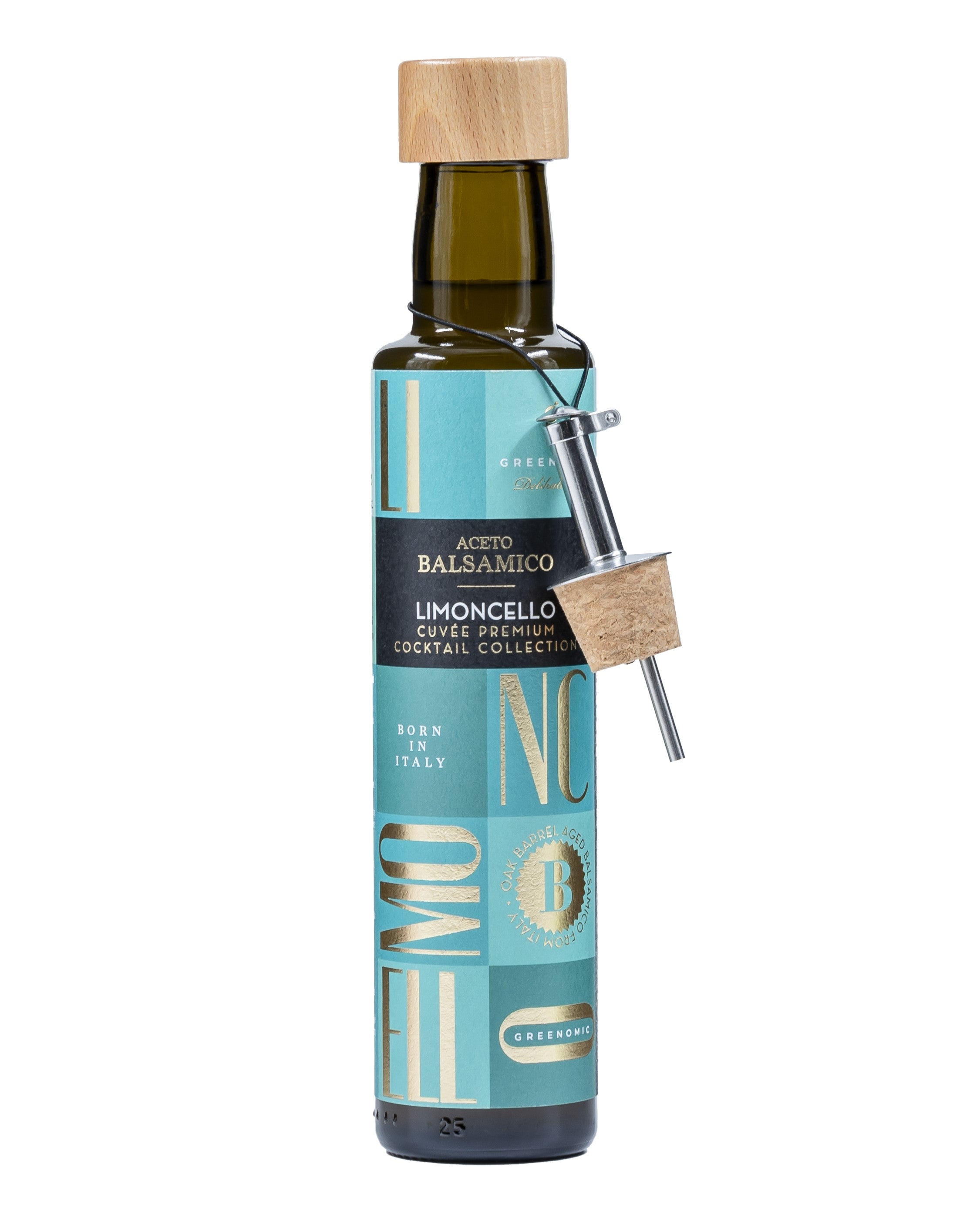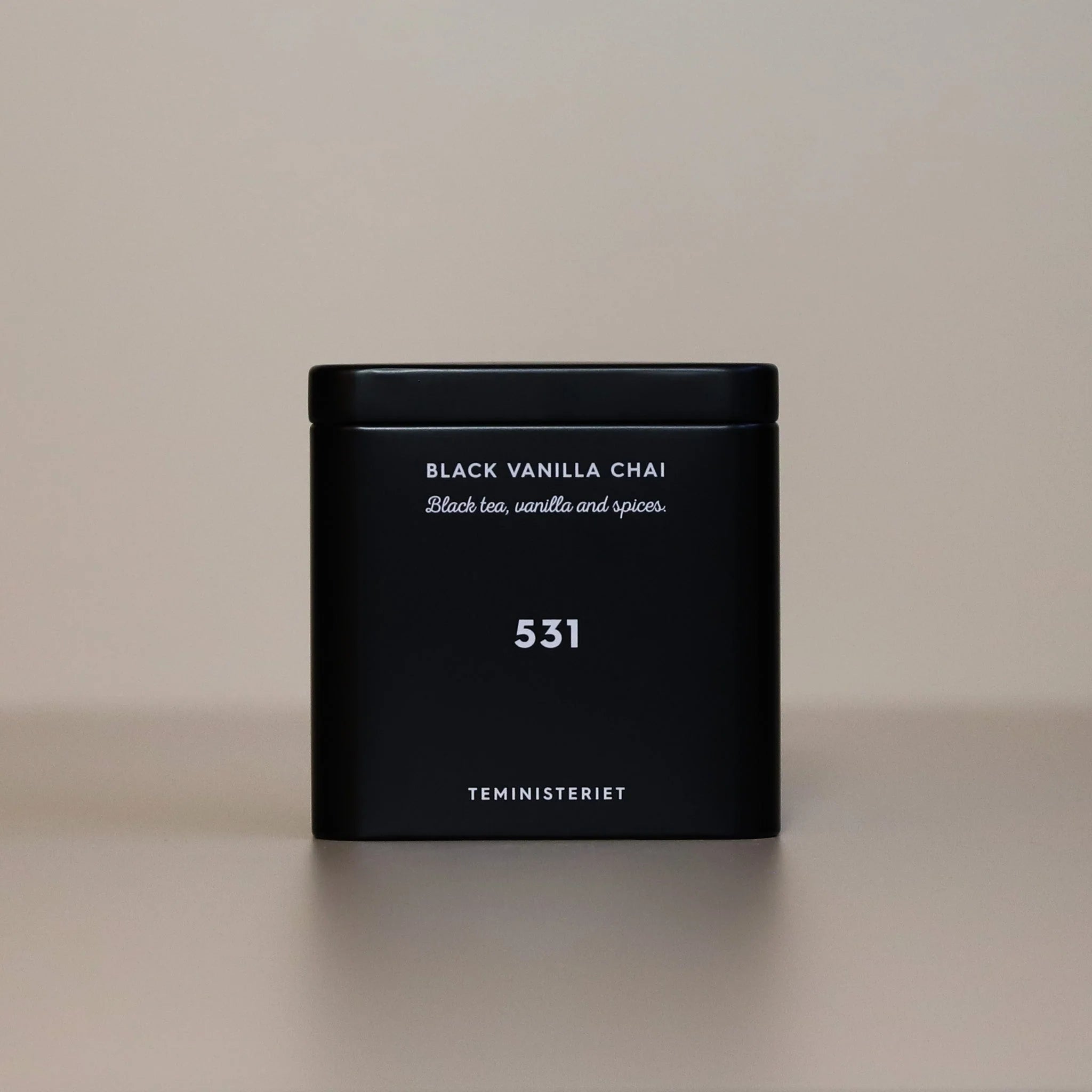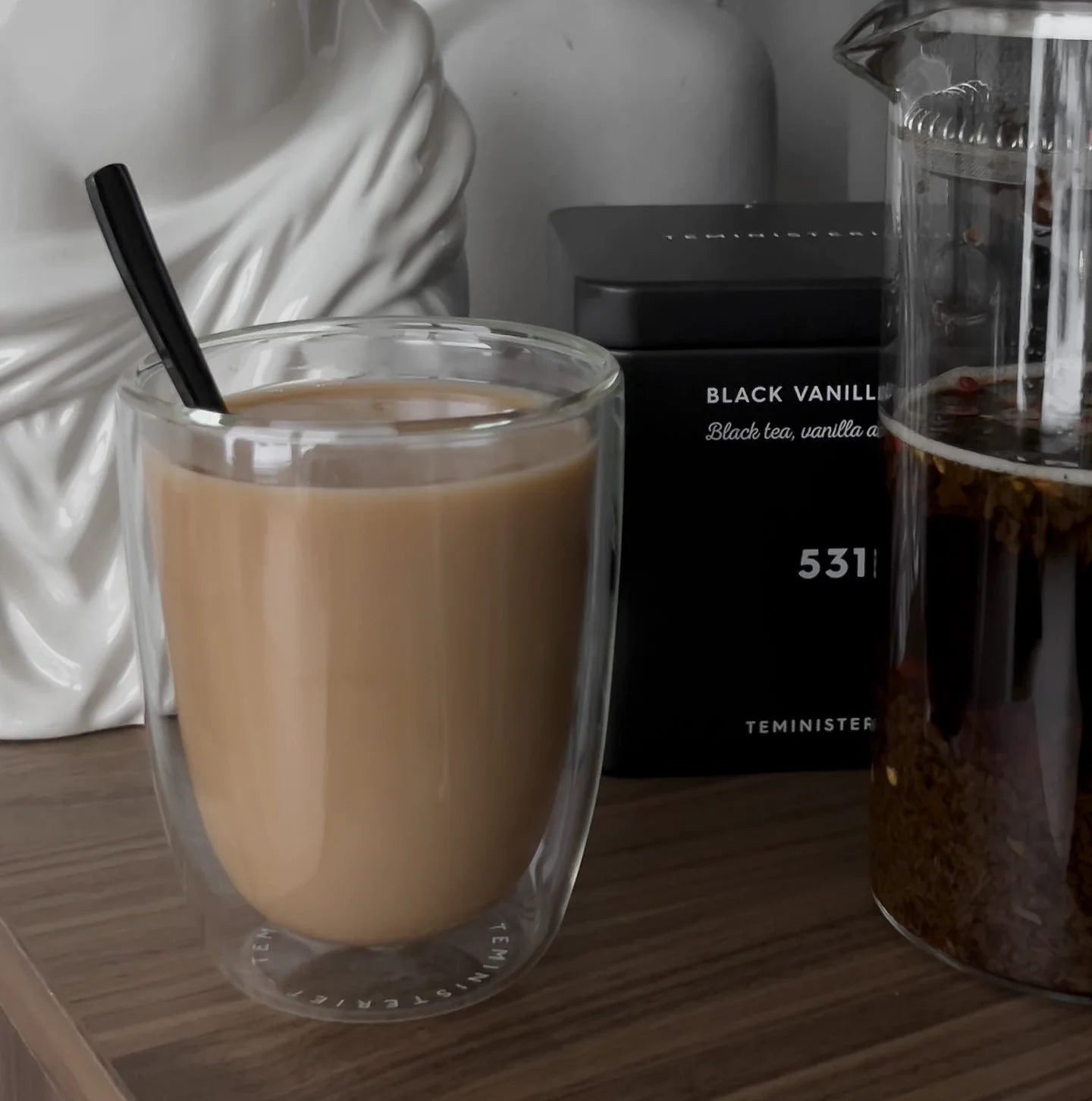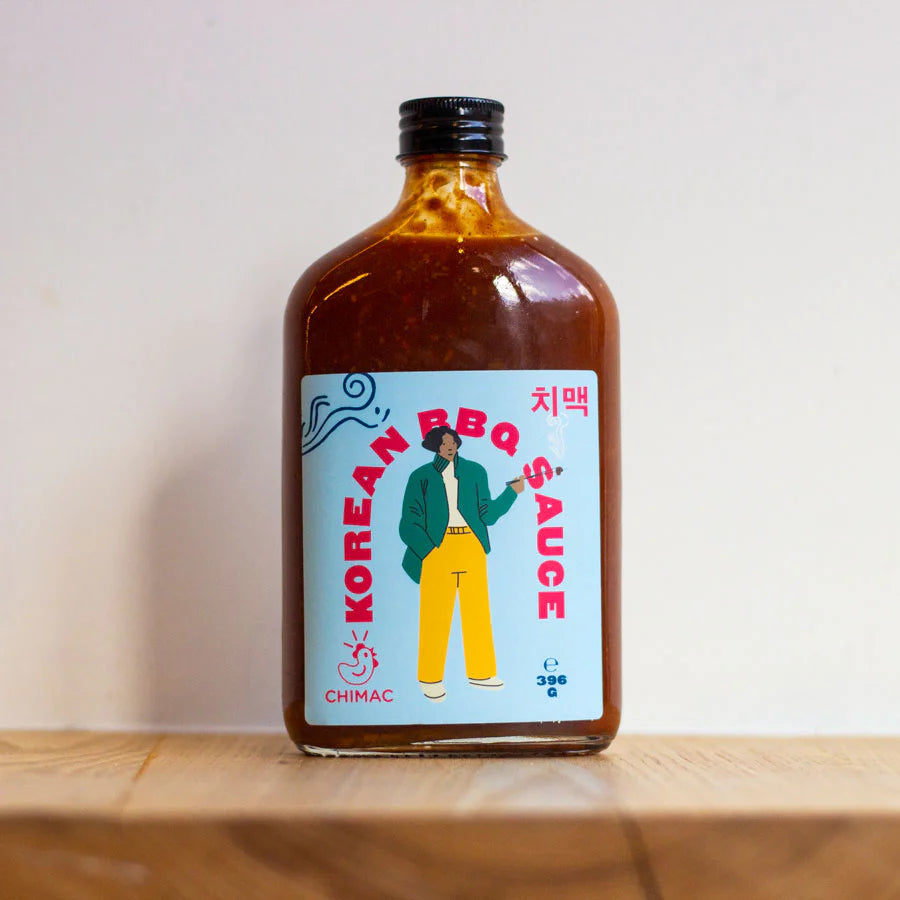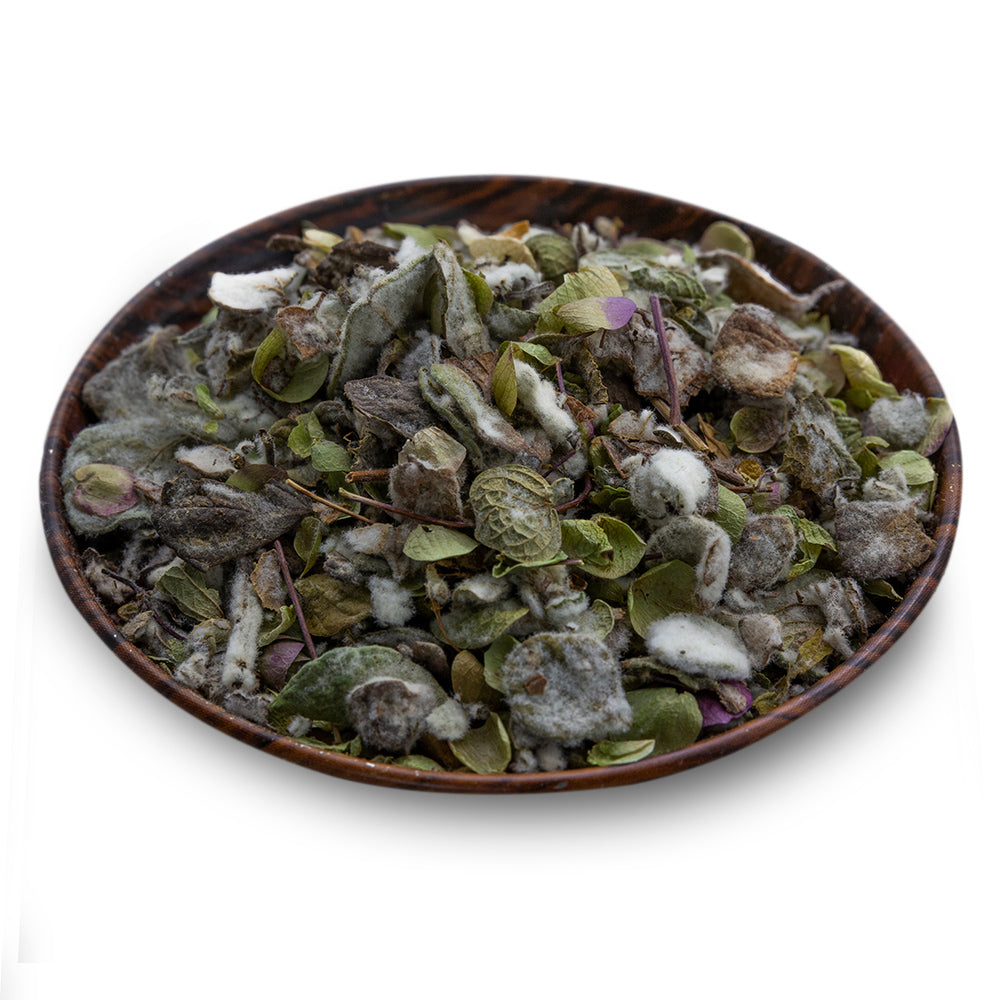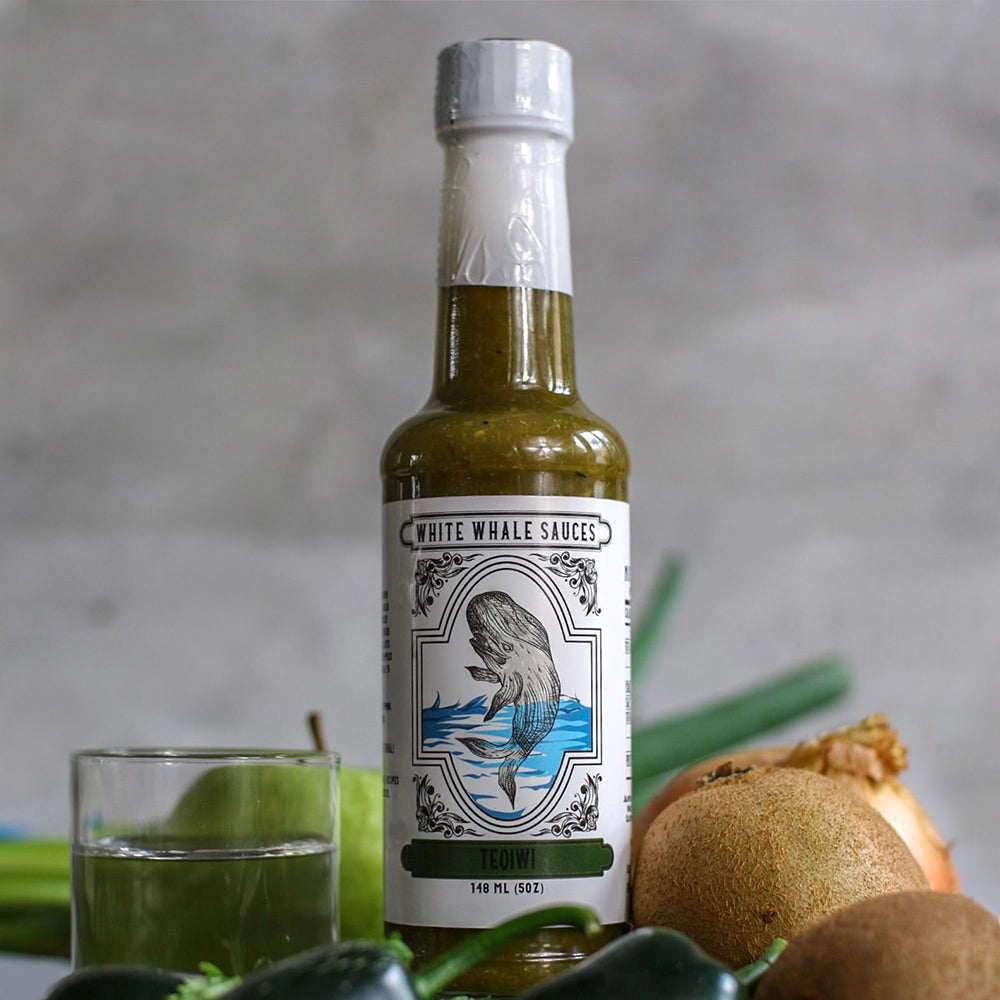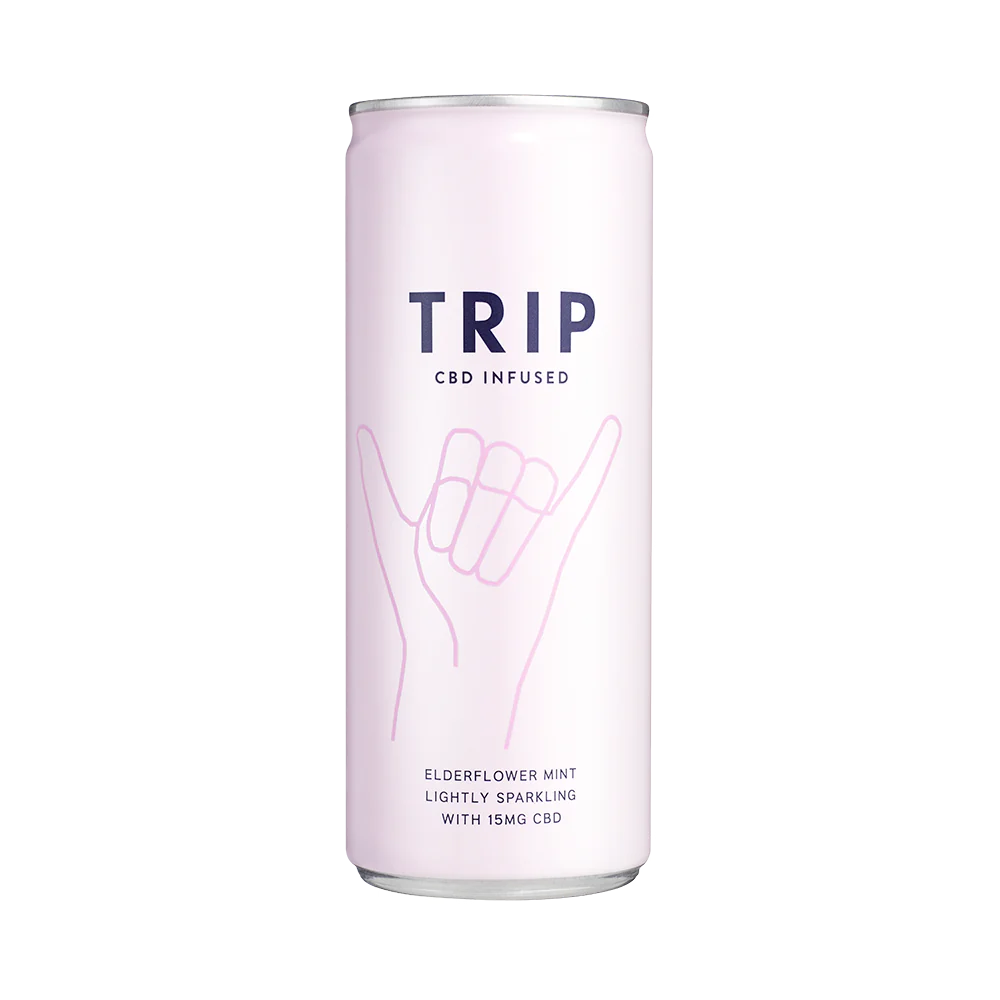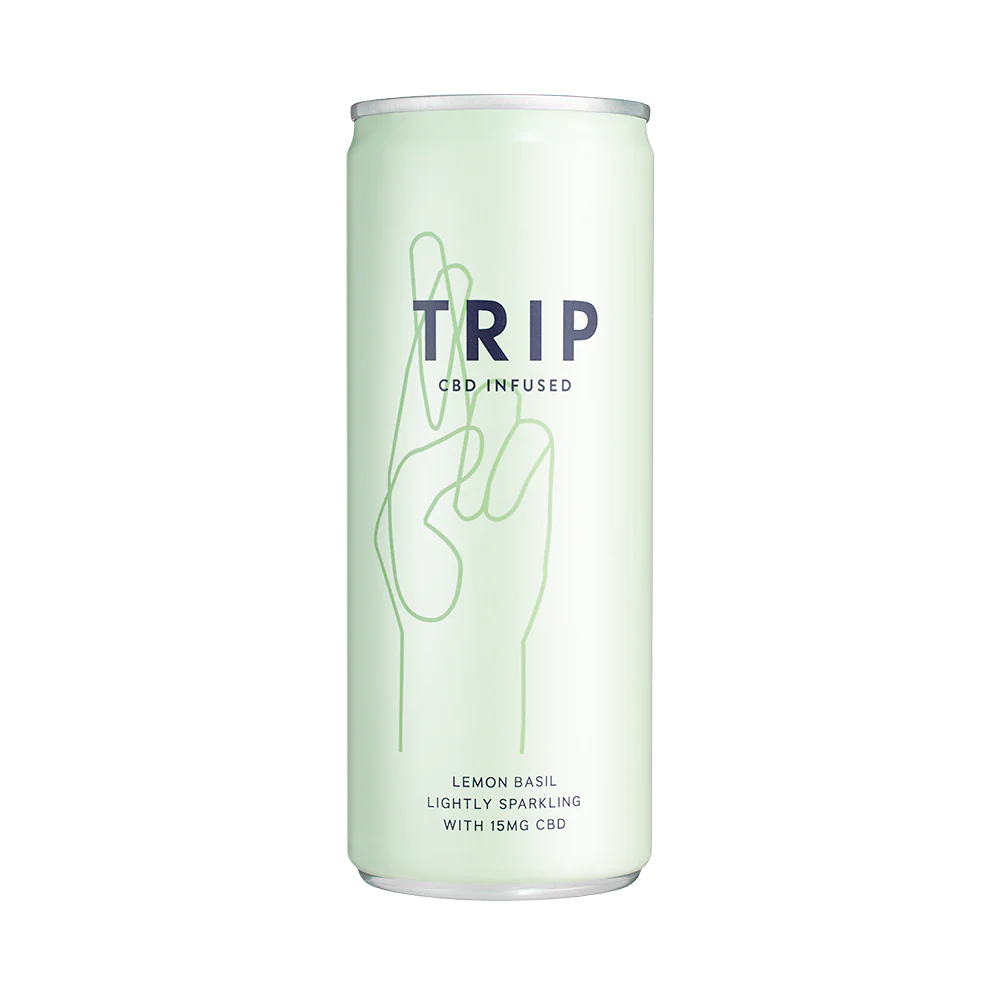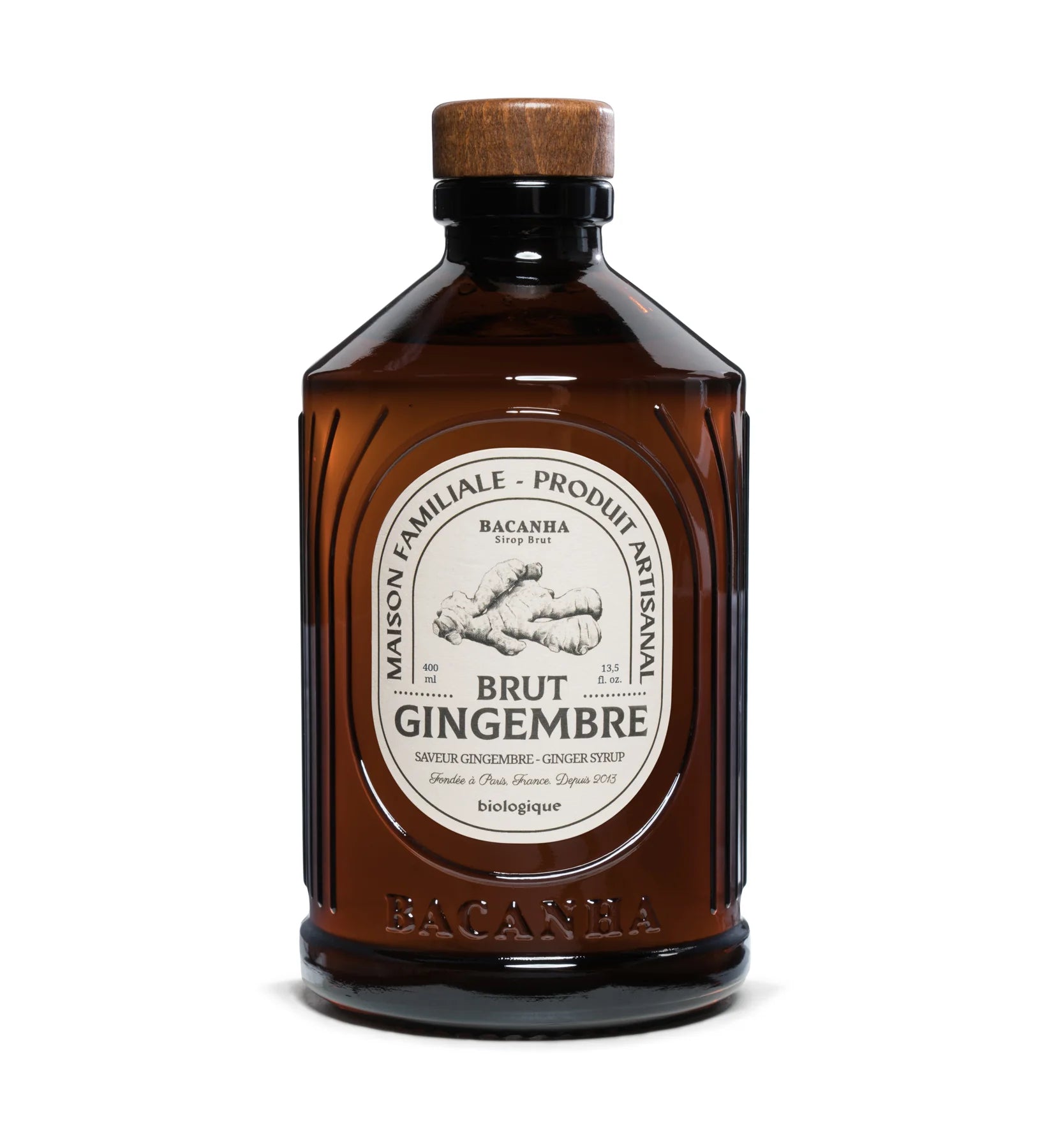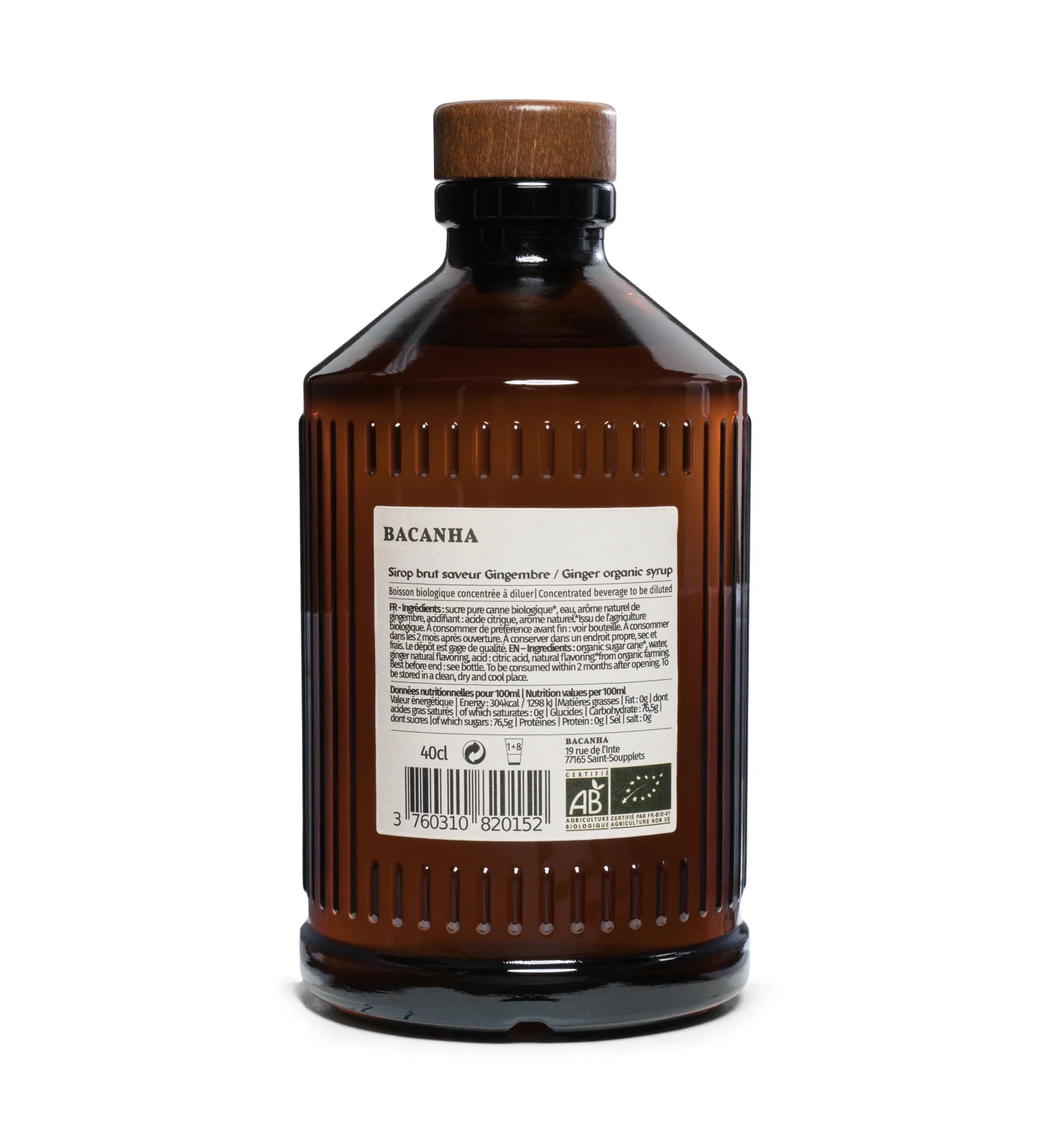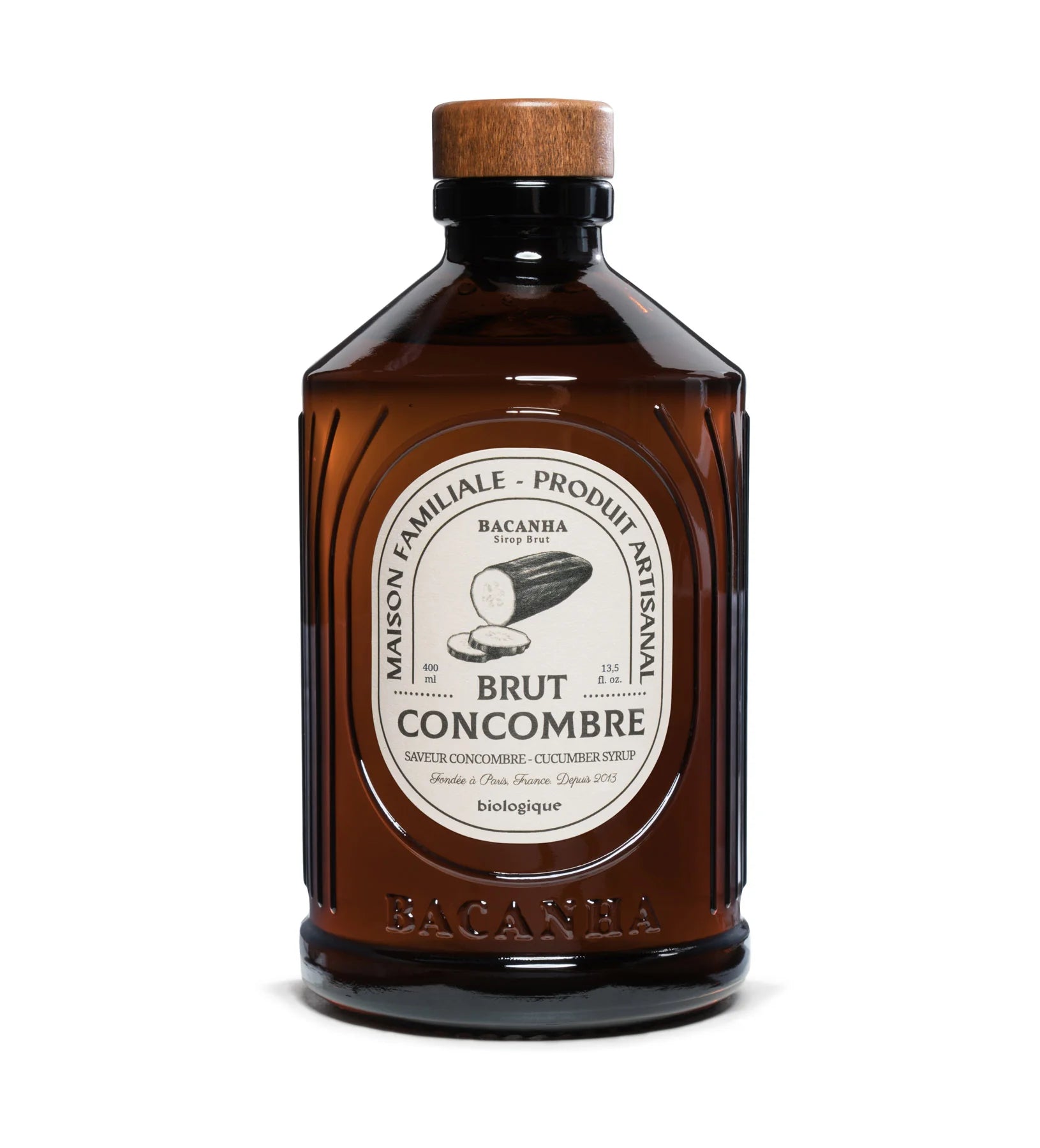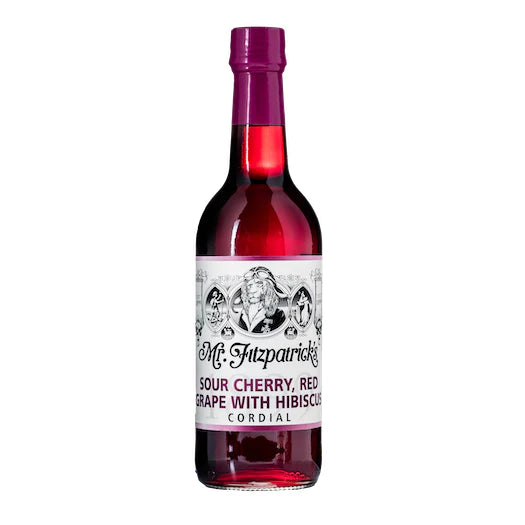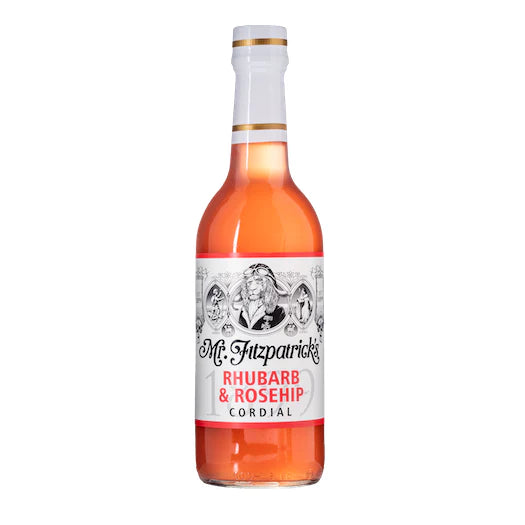About Balsamic Vinegar Modena IGP Organic
Balsamic vinegar is recognised by its soft, rich palate feel and a notable sweetness balanced by acidity. Our traditional balsamic vinegar from Modena adds the unique character of specific local grape varieties and the multilayered complexity that comes from a traditional and long production process and extended ageing.
The raw must of the grapes, not fermented and without the grape-stalks, is boiled for 24 hours until it is reduced to a third. This is mixed with strong organic red wine vinegar to obtain a total acidity of at least 6%. The whole process is very delicate to get a natural sweetness in the end product. Then the vinegar is left to ripen for 5 years in wooden barrels and bottled in their own factory. The climate change of very cold winters and very hot summers is characteristic for the ripping and taste of balsamico.
Storage and shelf life
Balsamic vinegar can be stored indefinitely in a closed container at room temperature. Although the color may darken slightly and solids may precipitate out, this is normal and does not indicate spoilage. If you are only using it for salads and not cooking you can even store it in the fridge.
When stored properly, the balsamic vinegar will at least up to 3 years.
Shipping and delivery
Item is available for delivery and pick up from the store.
The product is delivered in glass jars. We are doing our part to close the loop towards circularity by offering this product in glass container with a deposit (Statiegeld) which can be refunded in full at our store for your next purchase.
Nutricional information
Nutritional Value per 100 g
Energy 178 Kcal
Protein (g) 0.8
Fat (g) <0.1 (Saturated: <0.1)
Carbohydrates (g) 39 (Sugars: 39)
Dietary fiber (g) 0
Salt (g) 0
Allergens: No known allergens
How to use
Balsamic vinegar is delicious when drizzled on top of salads and roasted vegetables. You can also use it together with some our extra virgin olive oil simply as a condiment, dip or for a special vinaigrette.
It will serve you well also in cooked meals. This vinegar holds onto its spicy kick and is balancing the rich flavor of meat, poultry, and fish, and adding welcome acidity to vegetables. Add it midway your caramelised onions and will have your tastebuds dancing!
Flavour Pairings: Tomatoes, mozzarella and goat cheese, strawberries, honey, romaine, vegetables, peaches, olive oil, mushrooms, onions.
Other interesting information
Balsamic Vinegar has been produced in and around its birthplace, the city of Modena, in the northern region of Emilia-Romagna, Italy, for nearly a thousand years. This is a wine-producing area, specialising in Trebbiano (white) and Lambrusco (red) grape varieties. It was the tradition to set aside some of the must (the unfermented juice of grapes) to make a very special vinegar. The way it was made centuries ago is still pretty much the way traditional balsamic vinegar is made today.
The juice is slowly cooked down to the consistency of a syrup, concentrating its flavours and aromas, and darkening its colour. It is then cooled and transferred to wooden barrels, where the cooked must undergoes a slow fermentation, creating alcohol which, in turn, is attacked by acetic bacteria, turning the wine into vinegar.
There’s a reason balsamic vinegar got its name from the Latin word “balsamum”, which means restorative, curative. It’s high in antioxidants and has been shown to lower cholesterol levels; it’s ant glycemic, which makes it a boon for diabetics looking to stabilise blood sugar; and its main active compound is acetic acid, the same probiotic bacteria that gives kimchi its superpowers, boosting immunity and helping you feel full. Originally, a spoonful of balsamic vinegar was taken as a tonic and an elixir, and tiny bottles of long-aged aceto balsamico were bestowed upon important people as a special mark of flavour.
